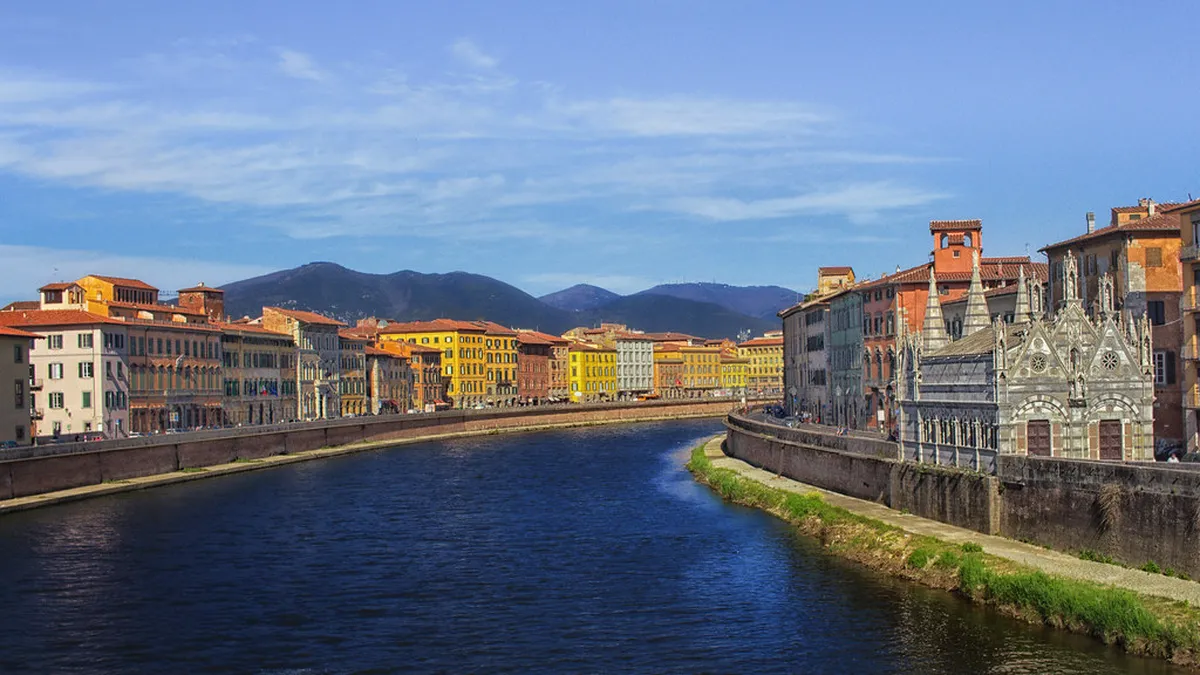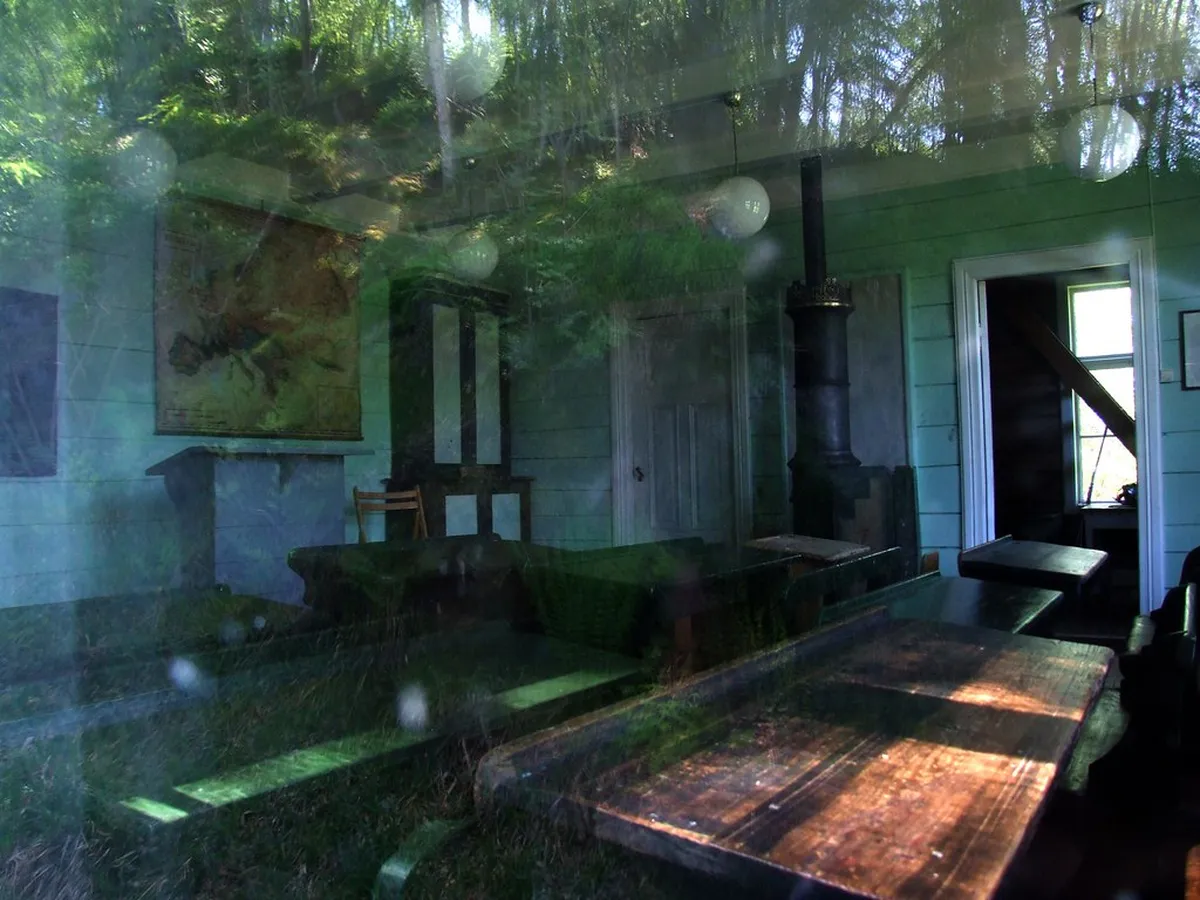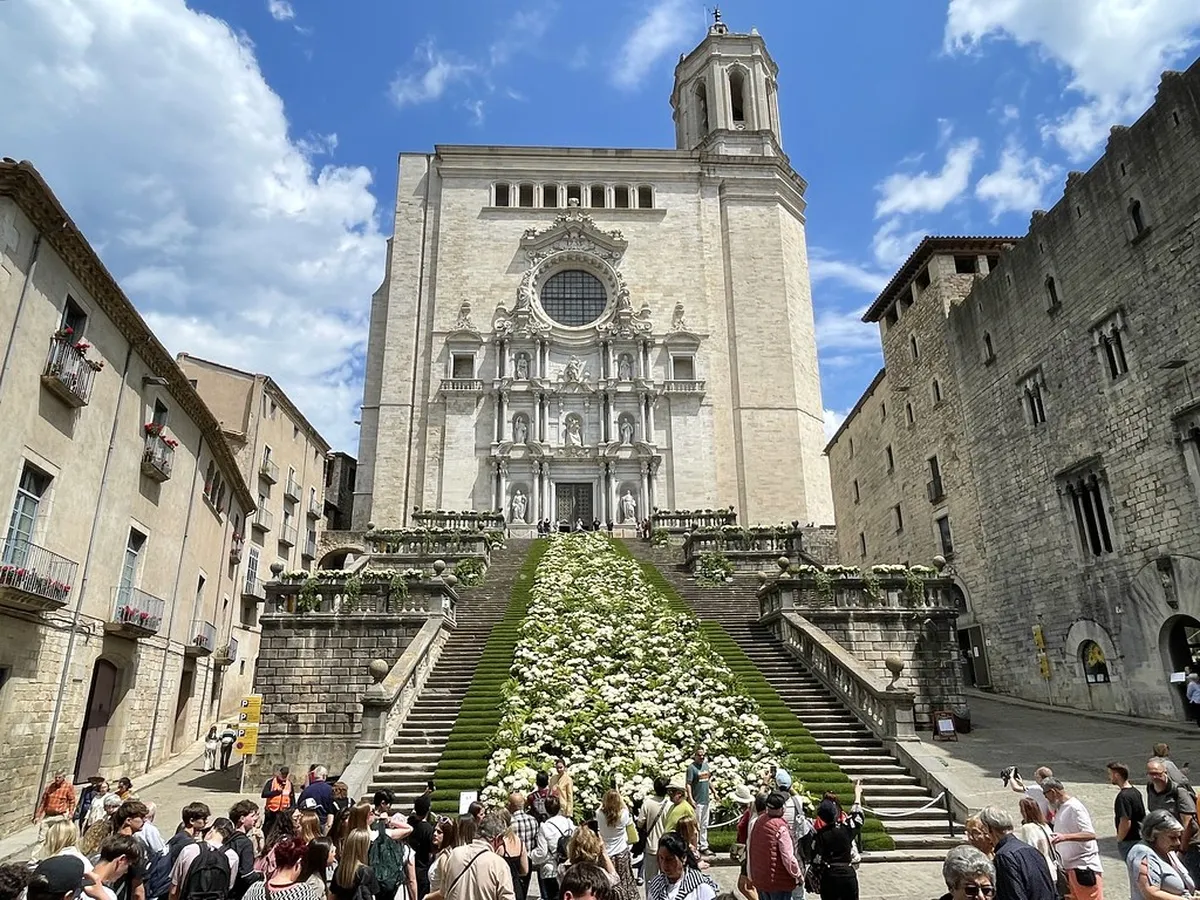Tokyo Parks & Gardens: Finding Green Spaces in the Metropolis
Tokyo may be renowned for its towering skyscrapers and neon-lit streets, but the city harbors numerous verdant retreats where nature flourishes amid the concrete jungle. These meticulously maintained parks and gardens provide essential respite for residents and visitors alike, offering spaces for recreation, reflection, and seasonal celebrations. Our guide showcases Tokyo's finest green spaces, where traditional Japanese landscaping techniques create havens of natural beauty in one of the world's largest urban centers. Find the best shopping experiences with our Tokyo shopping guide.

Historic Imperial Gardens
Plan this trip faster with our free online itinerary maker. Get a personalized day-by-day plan in minutes.
Tokyo's imperial heritage has blessed the city with some of its most magnificent green spaces, once reserved exclusively for Japan's royal family but now open for public enjoyment. Schedule your trip with our Tokyo itinerary. Structure your adventure with our detailed Tokyo itinerary.
Imperial Palace East Gardens (皇居東御苑)
Located on the grounds of the former Edo Castle, the Imperial Palace East Gardens offer visitors a glimpse into royal Japanese landscaping traditions. Stone walls and moats from the original castle create a dramatic backdrop for seasonal flowers and meticulously pruned trees. The Ninomaru Japanese garden features a central pond surrounded by carefully positioned stones and native plants, embodying traditional aesthetic principles. History enthusiasts will appreciate the archeological site of the former castle keep and the guard houses that remain from the Edo period. Find the best shopping experiences with our Tokyo shopping guide.
Hama-rikyu Gardens (浜離宮恩賜庭園)
These seaside gardens present a fascinating contrast between Tokyo's modern skyline and a traditional Japanese landscape. Originally a feudal lord's residence and duck hunting grounds, Hama-rikyu now features seawater ponds that change level with the tides, plus Japan's only remaining seawater moat. The teahouse on an island within the pond offers visitors the chance to enjoy matcha tea while overlooking the garden (for an additional fee). The 300-year-old pine tree and seasonal flower fields make this garden particularly photogenic throughout the year. Create your ideal travel schedule with our Tokyo itinerary. Plan your perfect trip with our Tokyo itinerary.
Pro Tip: Many Tokyo gardens charge a small entrance fee (typically ¥300-¥500), but the Imperial Palace East Gardens offer free admission. Just remember they're closed on Mondays and Fridays. Enhance your Tokyo experience with our Tokyo itinerary. Enhance your Tokyo experience with our Tokyo itinerary.
Spacious Urban Parks
While Japanese gardens focus on meticulous design and symbolism, Tokyo's larger parks provide expansive spaces for recreation and community activities. Find the best shopping experiences with our Tokyo shopping guide.
Ueno Park (上野公園)
Japan's most popular public park, Ueno Park welcomes over 10 million visitors annually, particularly during cherry blossom season when over 1,000 sakura trees create a pink canopy along its central pathway. Beyond natural beauty, the park houses several of Tokyo's top cultural institutions, including the Tokyo National Museum, National Museum of Western Art, and Ueno Zoo. The large Shinobazu Pond features a Bentendo temple on its island and lotus flowers that bloom spectacularly in summer. Schedule your trip with our Tokyo itinerary.
Yoyogi Park (代々木公園)
Adjacent to the fashionable Harajuku district, Yoyogi Park stands as Tokyo's answer to New York's Central Park – a vibrant gathering place where the city's diverse communities converge. On weekends, the park transforms into an outdoor festival with dance groups practicing, musicians performing, and amateur sports teams competing. The northern forest area offers more tranquil spots for picnics and relaxation, while the ginkgo tree avenue dazzles with golden foliage each November.
Shinjuku Gyoen National Garden (新宿御苑)
Perhaps Tokyo's most beautiful landscaped space, Shinjuku Gyoen harmoniously blends three distinct garden styles: formal French, English landscape, and traditional Japanese. The park's expansive lawns – rare in space-conscious Tokyo – invite visitors to relax with picnic blankets, while its 10,000+ trees create a microclimate noticeably cooler than surrounding streets in summer. Cherry blossom viewers flock here in spring to admire over 1,000 sakura trees representing dozens of varieties that bloom at slightly different times, extending the viewing season.
Hidden Garden Gems
Beyond the famous parks, Tokyo conceals exquisite smaller gardens worth seeking out for their unique characteristics and fewer crowds.
Rikugien Garden (六義園)
Considered one of Japan's most beautiful landscape gardens, Rikugien recreates in miniature 88 scenes from famous poems. Created in 1702 for a feudal lord, this garden exemplifies the taste for literary landscapes in the Edo period. A central pond with small islands is surrounded by carefully planned walking paths that reveal new vistas at each turn. The garden is especially renowned for autumn colors and special evening illuminations that transform the maples into a magical spectacle.
Koishikawa Korakuen (小石川後楽園)
One of Tokyo's oldest gardens, dating to 1629, Koishikawa Korakuen draws inspiration from both Chinese and Japanese landscape traditions. Despite being surrounded by Tokyo Dome City's entertainment complex, the garden maintains a remarkable sense of serenity. Its miniature renditions of famous Japanese landscapes include a replica of Lake Biwa and Kyoto's Kiyomizu Temple. The garden's vast weeping cherry tree creates an unforgettable display in spring.
Kiyosumi Garden (清澄庭園)
In eastern Tokyo, Kiyosumi Garden showcases the Japanese art of shukkei-zukuri – creating miniature reproductions of famous landscapes. Its distinctive feature is the collection of stepping stones imported from all over Japan, positioned across the garden's pond. Once the garden of a wealthy merchant and later owned by the Mitsubishi family, Kiyosumi exemplifies the stroll garden style, where each turn reveals a new, carefully composed view.
Specialty Gardens
Some Tokyo gardens focus on specific plant collections or aesthetic concepts, offering unique seasonal experiences.
Showa Kinen Park (国営昭和記念公園)
Located in western Tokyo, this expansive park developed on former US military base land features specialized garden areas including a Japanese traditional garden, a beautiful rose garden with 400+ varieties, and vast tulip and cosmos fields that create carpets of color in spring and autumn respectively. Rental bicycles make exploring the park's 165 hectares more manageable.
Jindai Botanical Gardens (神代植物公園)
Plant enthusiasts shouldn't miss Japan's oldest botanical garden, home to 100,000 plants representing 4,500 species. Specialty collections include a stunning rose garden with 400+ varieties and one of Japan's most impressive azalea hills that bursts with color each spring. The garden's 65-acre forest of mixed native trees provides habitat for birds and small mammals, offering a glimpse of Tokyo's natural environment before urbanization.
Seasonal Highlights
Tokyo's parks and gardens transform dramatically with the seasons, each offering distinct spectacles:
- Spring (March-May): Cherry blossoms dominate, with Ueno Park, Shinjuku Gyoen, and Chidorigafuchi being prime viewing spots
- Summer (June-August): Lush greenery provides shade, while hydrangeas bloom at Hakusan Shrine and lotuses flower at Ueno's Shinobazu Pond
- Autumn (September-November): Vibrant red and gold foliage transforms gardens like Rikugien, Koishikawa Korakuen, and the Icho Namiki ginkgo avenue
- Winter (December-February): Plum blossoms emerge at Yushima Tenmangu, while camellias add color to Hama-rikyu Gardens
Tokyo's parks and gardens offer essential counterpoints to the city's frenetic energy, preserving traditional Japanese landscape aesthetics while providing living, breathing spaces where nature and urbanity coexist. Whether you seek contemplative beauty, picnic spots, architectural interest, or photographic opportunities, these green spaces reveal another dimension of Tokyo's multifaceted character.
For seasonal information about when to visit these parks at their most beautiful, see our Tokyo Seasonal Guide. Photography enthusiasts should also check our Tokyo Photography Spots guide for tips on capturing these natural wonders.



